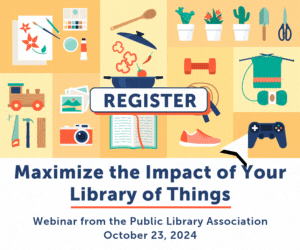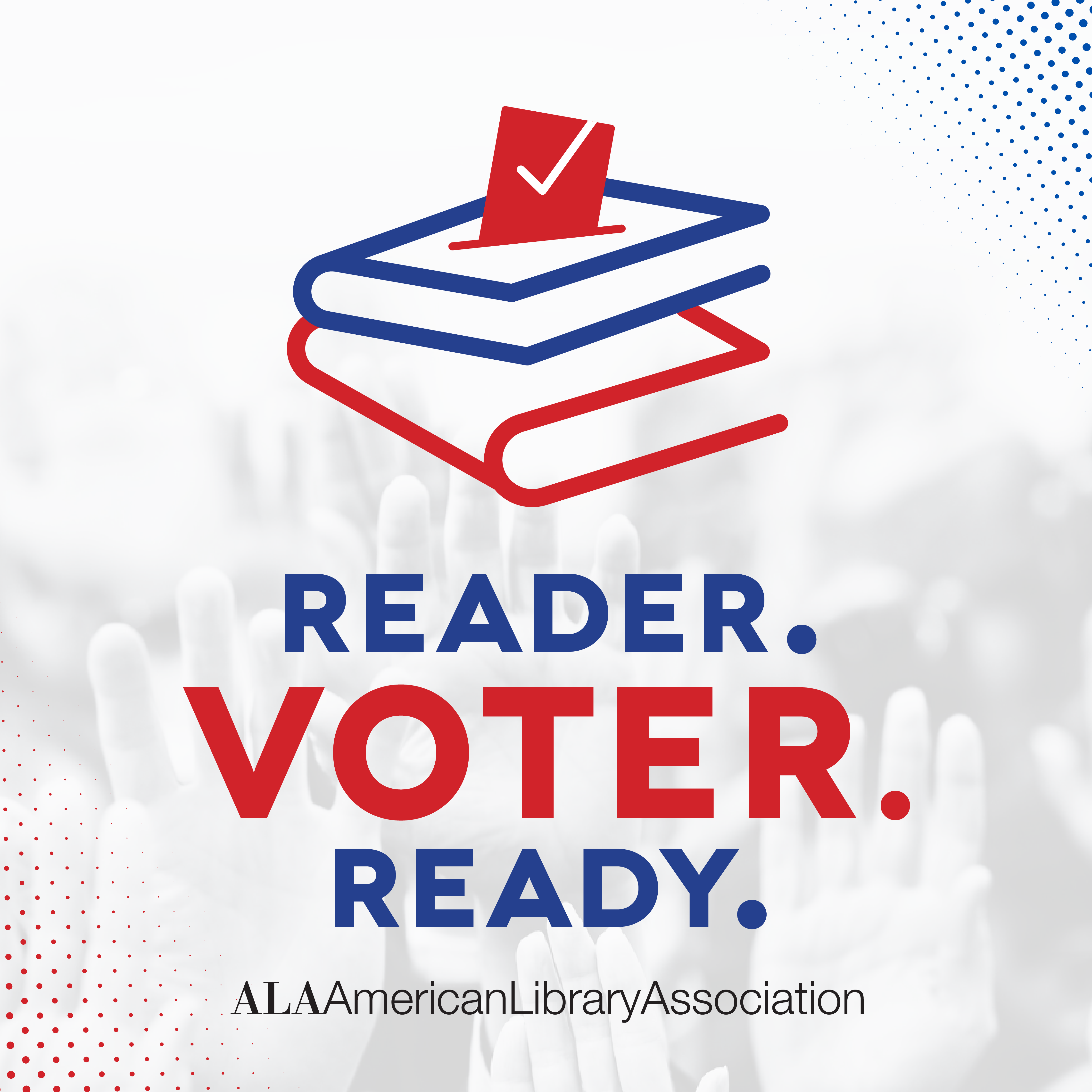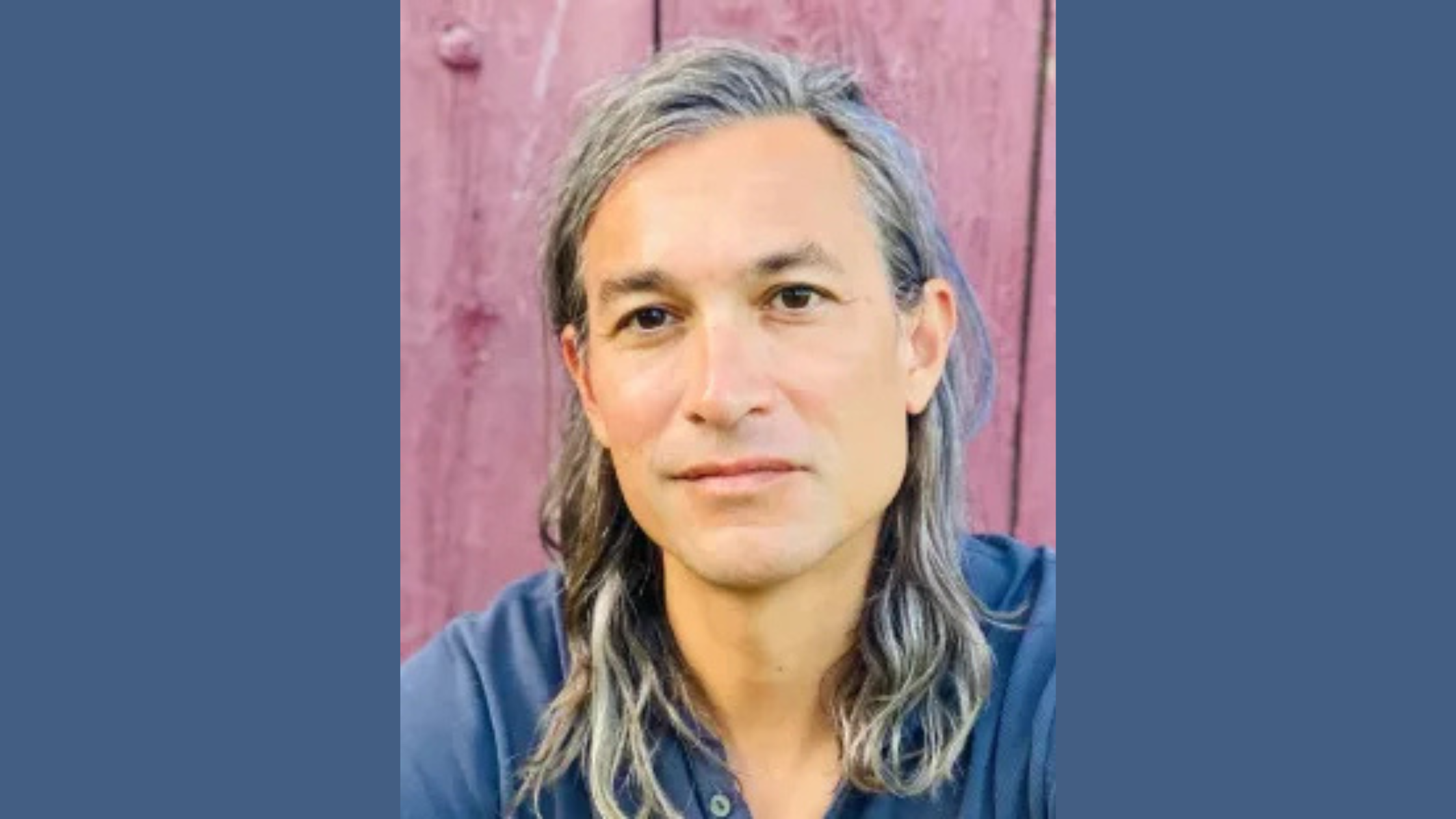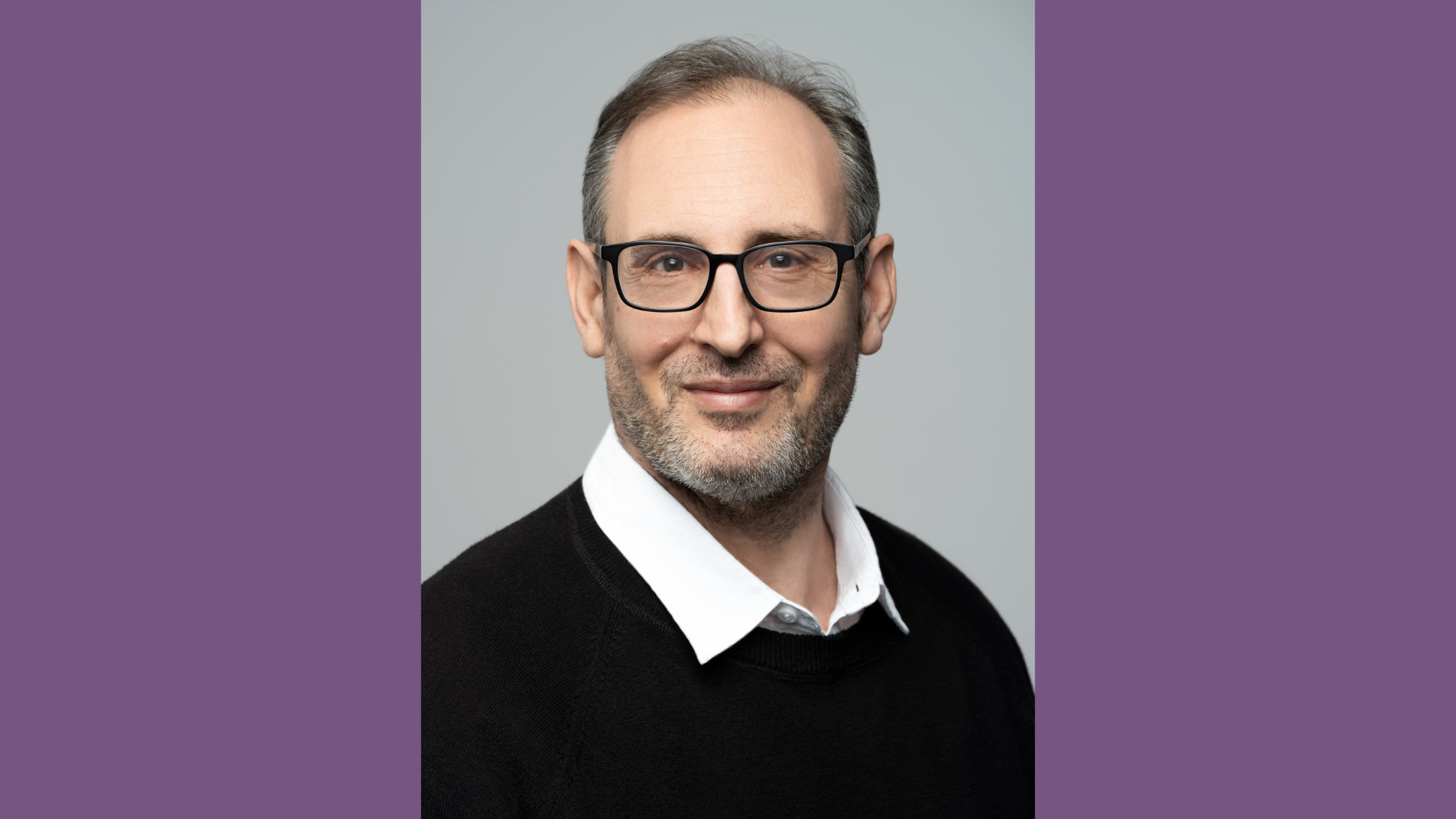Turning Outward at Your Library: Re-Envisioning

Recently I facilitated several workshops throughout Arizona’s public libraries implementing the Aspen Institute’s Action Guide for Re-Envisioning Your Public Library. We focused on initiating a dialogue with the community that is centered on the community’s priorities. Rather than ask questions like, “What can we do to increase the frequency of your visits to the library?” or “Do you prefer to read your fiction in print or on a screen?” the question we asked is, “What type of community do you want to live in?”
The Action Guide originated from a report, Rising to the Challenge: Re-Envisioning Public Libraries. The report made several conclusions including that when librarians align services to support local community goals, they will find the greatest opportunities for success. But when the community’s priorities are not well articulated in city planning documents, how do we know if the services the library offers, or plan to offer, support the goals of the community? Libraries like the Loveland (CO) Public Library are using the ‘turning outward’ approach to find the answers. They are asking community members to consider the following questions:
- What kind of community do you want to live in?
- Why is that important to you?
- How is that different from how you see things now?
- What are some things that need to happen to create that kind of change?
The “turning outward” approach originated from the Harwood Institute for Public Innovation, a nonpartisan, independent nonprofit that teaches people to change communities and solve problems. The American Library Association partnered with the Harwood Institute to teach librarians new ways to engage with their communities.
Strategies such as the aspirations tool assists libraries in facilitating these discussions. This strategy calls for participants to complete the following sentence: My hope is to live in a community where _________________ (aspirations). However, right now we face _________(challenges). In order to get there as a community, we need to ________________________ (new conditions, change). The Harwood Institute also publishes a facilitator’s guide so anyone can learn how to conduct the aspiration activity.
Members of the community group will tend to find consensus and can work together to create change through participating in this activity. Informed librarians can then begin to define and refine library services which will foster the desired change. As library activities closely align and realign with the aspirations of the community, librarians become the change agent proving their value to the community once again. This approach allows librarians to structure their programs and services in alignment with community aspirations with much more autonomy than they would have had if they asked inward questions like, “Do you want more hours on weekdays or less hours on weekends?” and other examples above.
Has your library implemented the Aspen Institute’s Action Guide for Re-Envisioning Your Public Library? Or the Harwood Institute’s aspirations tool to initiate a community discussion? If so, I would love to hear from you by commenting below!
Tags: Aspen Institute Action Guide, community, community assessment, reimagining, reinventing









